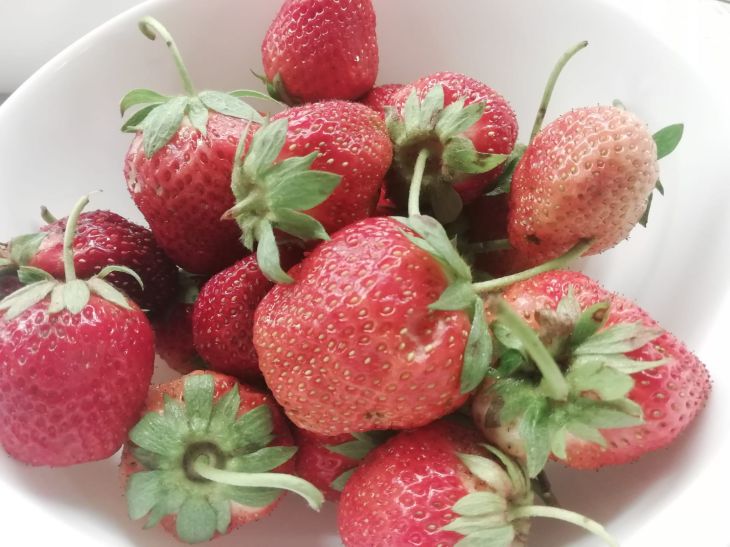How to Get Rid of Slugs Eating Your Strawberries: These Tips Will Help
Strawberries are one of the most popular berries in our gardens. They are not only tasty, but also healthy, containing many vitamins and antioxidants. But, unfortunately, strawberries are loved not only by people, but also by various pests, including slugs.
Slugs are soft-bodied animals without a skeleton or shell that feed on plant matter.
They secrete mucus, which helps them move and protects them from drying out and predators. Slugs come in many sizes and colors, from small white ones to large brown ones.
Slugs appear in the garden in spring, when humidity and temperature increase. They are active at night or in rainy weather, when they emerge from their hiding places under stones, boards or foliage. They crawl on plants and eat leaves, flowers and fruits, leaving behind holes and slimy tracks.
Strawberries are one of the favorite targets of slugs, especially ripe and juicy berries. Slugs can ruin a large part of the crop if measures are not taken to control them.

There are several ways to protect strawberries from slugs.
• Keep the garden clean and tidy. Remove weeds, fallen leaves, plant cuttings and other organic waste that serve as shelter and food for slugs.
• Treat the soil around the strawberries with special preparations against slugs. These can be granules or liquids based on iron. They cause poisoning and dehydration in slugs. But you need to be careful when using them, as they can be dangerous for pets and children.
• Create barriers around strawberries using materials that slugs don't like. These include wood chips, sawdust, eggshells, coffee grounds, sand, or lime. These irritate the slugs' skin and make it difficult for them to move.
• Set out slug traps in the form of trays or cans filled with beer, milk or sugar solution. Slugs are attracted by the smell and fall into the trap, where they drown. Traps should be checked and emptied regularly.
• Use biological methods of slug control. This means introducing natural enemies of slugs into the garden, such as hedgehogs, frogs, lizards, birds or insects. They will hunt slugs and reduce their population. But you should keep in mind that these animals can also damage plants or become prey for other predators.
• Use folk remedies against slugs. These can be plants that repel slugs with their smell or taste, such as garlic, onions, mint, wormwood or tobacco. They can be planted around strawberries or made into an infusion and sprayed on plants.
• Collect slugs by hand. This is the easiest and cheapest way to control slugs, but it takes time and patience. You need to go out into the garden at night or after rain and look for slugs on plants or by tracks. Collected slugs can be destroyed or moved to another place.
These were the main ways to protect strawberries from slugs. Choose the one that suits you best and enjoy fresh and flavorful berries!
